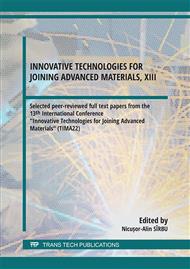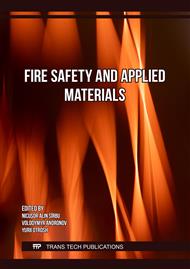p.3
p.11
p.17
p.25
p.35
p.43
p.51
p.61
Influence of Temperature and Long-Term Operation on Metal Durability of Pipelines of Hydrotechnical Structures
Abstract:
The paper considers the issue of the influence of ambient temperature and service life on the endurance of pipe steels of underground pipelines. The results of numerous experimental studies allowed us to draw the following conclusions. An analysis of the experimental data indicates that for all the studied steels, the endurance decreases with decreasing air temperature, mainly down to-20... -30 °C. This can be explained by the embrittlement of the metal, i.e. a decrease in the plastic properties of the pipeline metal structure. In addition, it can be seen from the given data that low-alloy steels 48KhN, 09G2S, 10GS have the highest endurance. Weak endurance is mainly typical of grade 20 carbon steel. Experimental studies show that with an increase in the service life of pipes, their endurance decreases, and this tendency is inherent in all the studied steels. Studies of the endurance of pipe steels under complex stress states show that static torsional stresses close to the yield strength, when tested in the air, do not reduce fatigue life. Although the corrosive environment significantly reduces the cyclic strength of steel under shear stresses up to τcr=05τY, the conditional limit of corrosion fatigue is not lower than when tested for corrosion fatigue under the action of only alternating stresses in a symmetrical cycle. It could be considered that the torsional stress in the pipeline system does not exceed 10 MPa. In that case, their influence on practical calculations on the endurance of pipes of underground pipeline systems can be neglected.
Info:
Periodical:
Pages:
25-33
Citation:
Online since:
August 2023
Keywords:
Price:
Сopyright:
© 2023 Trans Tech Publications Ltd. All Rights Reserved
Share:
Citation:



